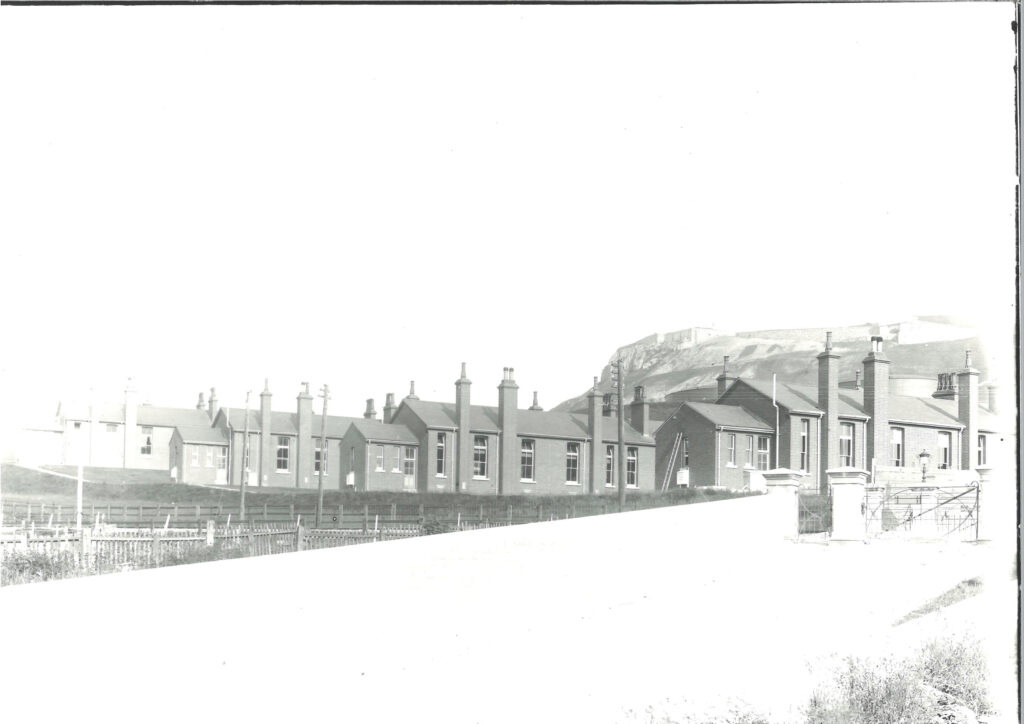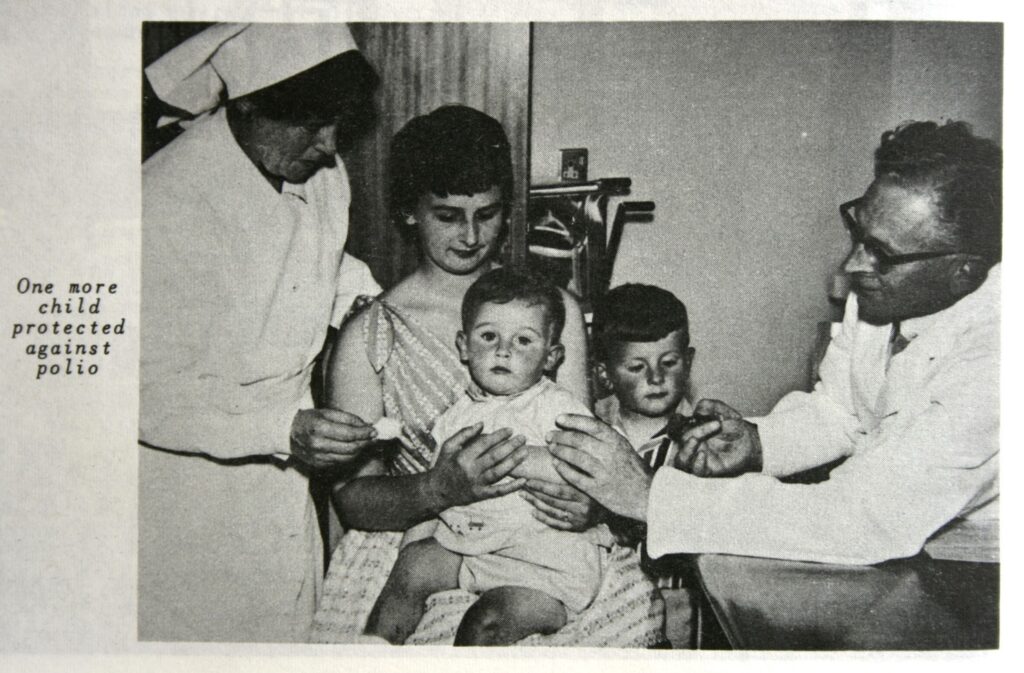Our current circumstances feel so unexpected, but until recently deadly infectious diseases were common in our UK communities. Various forms of isolation have been a common response, and the first of these were medieval hospitals for lepers. Indeed, our records show that John De Plyers made a grant of land in Parkstone to St. Margaret’s Hospital and Leper House in the thirteenth or fourteenth century.
By the seventeenth century ‘Pest Houses’ were often provided by parishes, landowners or boroughs and provided isolation and basic nursing. Among other examples, Poole Borough Mayoral accounts of 1645 show payments for a Pest House at Baiter during an outbreak of plague (DC-PL/DA/2/81). The collective memory of such places must have been strong; the Cooper Dean estate still had a field called ‘Pest House Field‘ in 1861. (D-CDN/A/2/66).
Smallpox outbreaks are noted throughout DHC’s collections and, thanks in part to the pioneering work of local man Benjamin Jesty, by the early nineteenth century vaccination was spreading (RON/2/2/Sherborne/188). The Parish Register of Martinstown notes the inoculation of the inhabitants of the parish against smallpox in 1807 (PC-WSM). However, even in the late 1830’s around 42,000 British people lost their lives to smallpox. The WHO concluded in 1980 that smallpox had been finally eradicated by a system of surveillance and containment which saw isolation combined with the vaccination of all contacts.

Interestingly, there are several examples in our records of supposed outbreaks of illness post-inoculation, and not everybody trusted the new science. D-FIL/F/21 is a 1757 letter from John Clavill mentioning the smallpox outbreak and his correspondent’s objections to inoculation.
In the late nineteenth and early twentieth centuries scarlet fever, polio, measles or diphtheria were every parent’s dread and again isolation was a key defence. In 1914 the Borough of Poole issued Regulations for the Closure of Schools due to Infectious Diseases (PE-LOF/SC/5/2), whilst S-66/4/3 shows Corfe Castle School excluding children with infectious diseases in 1938. Isolation or Fever Hospitals were common right across Dorset – with three contained within just the Bankes estates!

These hospitals were mainly built to a Government-recommended anti-infection design – concrete and unadorned so they could be disinfected, and ‘cells’ were often arranged along a corridor or balcony to keep patients separate. Local communities were sometimes wary of having an Isolation Hospital nearby, but a series of Public Health Acts in the 1890’s had made their provision by local authorities mandatory – therefore the hospitals are visible in DHC’s collections. For example, at the Dorset County Asylum (later Herrison Hospital) the Visiting Committee minute book for 1893-1899 shows discussions about the site of an isolation unit (NG-HH/CMR/1/1A/8). In 1933 we can find evidence of Poole Borough paying wages for various staff at the Alderney Isolation Hospital, including an ambulance driver and a ‘disinfector’.
From 1855 to 1989 Bournemouth was the site of the National Chest Hospital, and treated thousands of patients with tuberculosis in strict segregation from the townspeople. The hospital, in St Stephen’s Rd, is under-represented in our records, so if you have any memories or photographs to share with DHC please contact us by email (archives@dorsetcouncil.gov.uk).
Since the 1950’s improved diet, housing, sanitation and hygiene along with the national vaccination programme has meant that anxiety about infectious diseases has very much receded. However, the advent of Covid-19 may make us reconsider some of the infection control strategies of the past!

